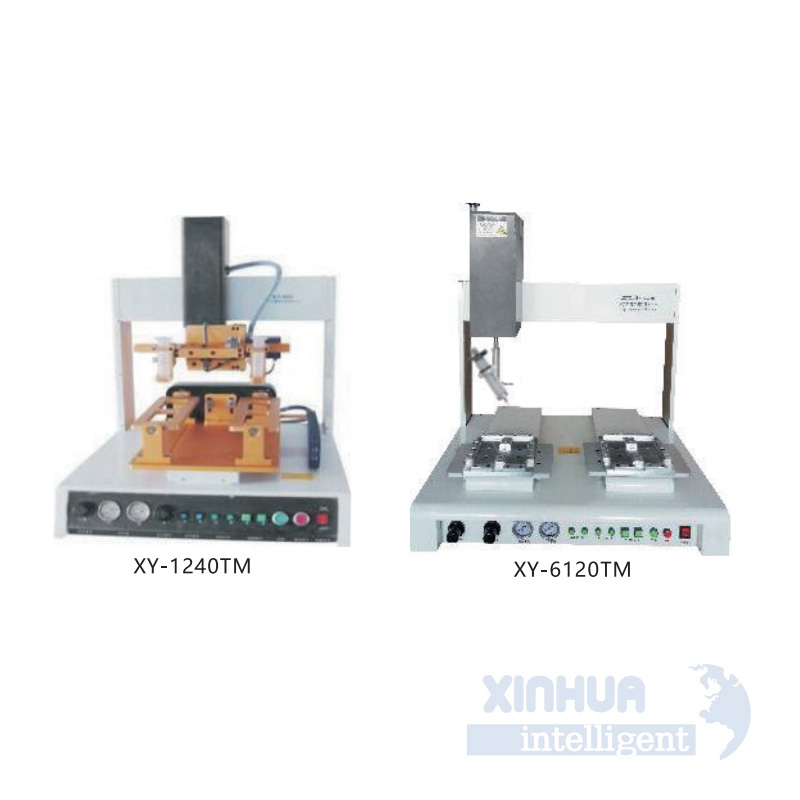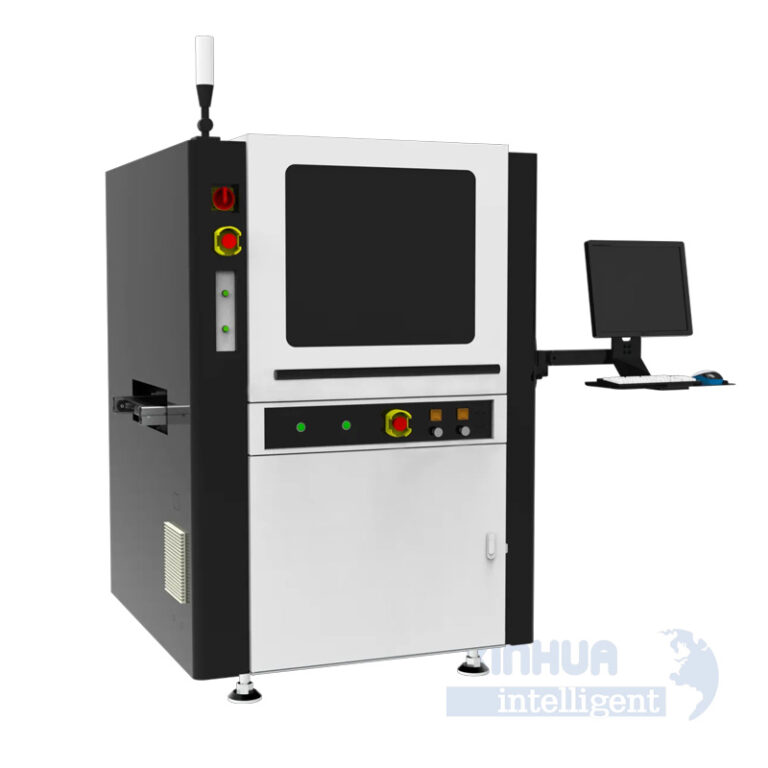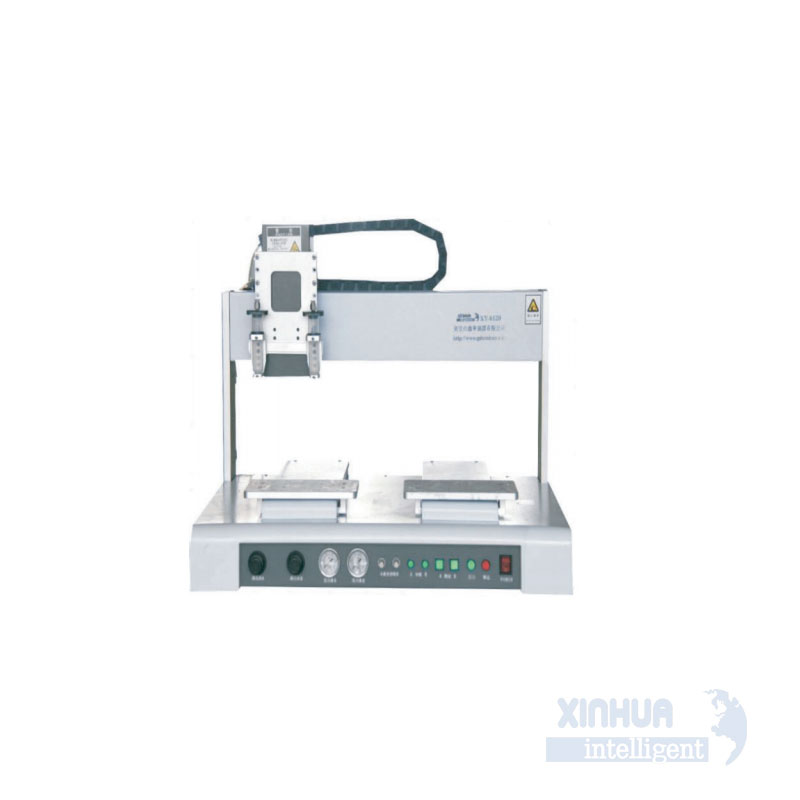
Title: Enhancing Precision and Efficiency with Robotic Screw Tightening Systems

In the rapidly evolving landscape of industrial automation, precision, repeatability, and efficiency are no longer just advantages—they’re expectations. One area where automation has made significant strides is in screw tightening operations. Manual screw assembly processes, while once standard practice, now present numerous limitations that hinder productivity, quality control, and cost-efficiency. Enter the robotic screw tightening system—a cutting-edge solution designed to overcome these challenges with unmatched consistency and performance.
This article explores the key pain points associated with traditional screw tightening methods, outlines practical and technical solutions offered by robotic systems, highlights real-world applications across industries, and concludes with a call to action for professionals seeking reliable automation partners like Xinhua Intelligent.
—
1. Common Pain Points or Challenges in Traditional Screw Tightening
Despite their simplicity, screw tightening operations are critical in manufacturing, especially in industries such as automotive, aerospace, electronics, and medical devices, where product reliability depends on precise fastening. However, manual and semi-automated approaches often fall short due to several persistent challenges:
A. Human Error and Inconsistency
Manual screw tightening is highly susceptible to human error. Workers may overtighten or undertighten screws due to fatigue, lack of training, or repetitive motion stress. This inconsistency can lead to product defects, rework, and even safety hazards in end-use applications.
B. Low Throughput and High Labor Costs
As production demands increase, so does the need for faster, more scalable solutions. Manual screw tightening is inherently slow and labor-intensive. Companies face rising labor costs and difficulties in maintaining a stable workforce, particularly for monotonous tasks.

C. Lack of Data Traceability and Quality Control
Traditional methods rarely provide detailed torque data or traceability for each screw operation. Without this information, it’s difficult to ensure compliance with quality standards or perform root cause analysis when issues arise.
D. Ergonomic and Safety Concerns
Repetitive screw-driving motions can cause ergonomic injuries such as carpal tunnel syndrome or musculoskeletal disorders. Ensuring worker safety becomes increasingly challenging in high-volume environments.
E. Scalability and Flexibility Limitations
Conventional screwing equipment is often rigid in design, making it difficult to adapt to new product lines or variations without extensive retooling. This limits agility in dynamic manufacturing environments.
—
2. Practical and Technical Solutions with Robotic Screw Tightening Systems
To address the above challenges, manufacturers are increasingly adopting robotic screw tightening systems, which combine advanced robotics, precision tools, and intelligent software to deliver superior performance.

A. Integration of Collaborative Robots (Cobots)
Modern robotic screw tightening systems often utilize collaborative robots (cobots), which are designed to work safely alongside humans. These robots are easy to program, flexible, and capable of adapting to various screw sizes, positions, and angles.
B. High-Precision Torque and Angle Control
Robotic systems integrate smart screwdrivers equipped with torque and angle sensors to ensure accurate tightening. These tools can be programmed to apply exact torque values and monitor deviations in real time, significantly reducing the risk of errors.
C. Real-Time Data Logging and Traceability
Advanced systems come with built-in data acquisition capabilities. Every screw tightening operation is recorded, including torque, angle, timestamp, and pass/fail status. This data is essential for quality assurance, regulatory compliance, and continuous process improvement.
D. Vision-Guided Positioning
For complex assemblies, robotic systems are often equipped with vision systems that guide the robot to the correct screw location. This eliminates the need for expensive fixtures and allows for greater flexibility in handling different part geometries.
E. Modular and Scalable Design
Robotic screw tightening systems are typically modular, allowing for seamless integration into existing production lines. They can be scaled up or reconfigured quickly to accommodate new products or increased output requirements.
F. Predictive Maintenance and Self-Diagnostics
Smart systems include predictive maintenance features that alert operators to tool wear or calibration issues before they affect production. This proactive approach minimizes downtime and ensures consistent performance.
—
3. Real-World Applications Across Industries
The adoption of robotic screw tightening systems spans multiple sectors, each benefiting from enhanced accuracy, throughput, and quality. Here are some notable examples:
A. Automotive Manufacturing
In automotive assembly lines, thousands of screws are used in vehicle construction—from engine components to interior fittings. Robotic systems ensure every screw is tightened to exact specifications, preventing recalls and improving vehicle safety.
Case Example: A leading automotive OEM integrated robotic screw tightening cells into its battery assembly line for electric vehicles. The system reduced cycle times by 40% and improved first-pass yield by over 95%.
B. Electronics Assembly
Electronics manufacturing requires extreme precision, especially when assembling delicate PCBs, smartphones, and laptops. Over-torquing can damage sensitive components, while under-torquing leads to loose connections.
Case Example: An electronics contract manufacturer implemented a cobot-based screwing system with micro-torque control. The result was a 30% reduction in rework and a 25% increase in overall equipment effectiveness (OEE).
C. Aerospace and Defense
In aerospace, fastener integrity is mission-critical. Any failure can have catastrophic consequences. Robotic systems offer full traceability and compliance with strict industry standards like AS9100 and ISO 9001.
Case Example: A defense contractor deployed robotic screw tightening units to assemble avionics panels. Each screw’s torque and angle were logged and stored in a centralized database, enabling full audit trails for regulatory compliance.
D. Medical Device Production
Medical device manufacturers must adhere to stringent FDA regulations. Robotic systems ensure that surgical instruments, diagnostic machines, and implants are assembled with zero tolerance for error.
Case Example: A medical device company automated its insulin pump assembly line using a robotic screw tightening system. The implementation resulted in a 100% pass rate during final inspection audits.
—
4. Conclusion: Embrace the Future of Precision Assembly with Xinhua Intelligent
As we’ve explored, robotic screw tightening systems are transforming modern manufacturing by addressing long-standing inefficiencies and quality concerns. From eliminating human error and enhancing throughput to providing robust data traceability and scalability, these systems offer a compelling return on investment for companies across industries.
However, successful implementation requires choosing the right partner—one that understands both the technical intricacies and operational demands of your business.
Xinhua Intelligent stands at the forefront of robotic automation solutions, offering turnkey robotic screw tightening systems tailored to your specific needs. With years of experience, a deep understanding of industry standards, and a commitment to innovation, Xinhua Intelligent delivers reliable, high-performance automation that drives measurable results.
Whether you’re looking to upgrade an existing line or design a fully automated screwing cell from scratch, our team of experts will guide you through every step of the process—from concept and engineering to installation and support.
Ready to take your production to the next level? Contact Xinhua Intelligent today to discover how our robotic screw tightening systems can revolutionize your manufacturing operations.
📞 Call us at [Insert Contact Number]
📧 Email us at [Insert Email Address]
🌐 Visit us at [Insert Website URL]
Let’s build smarter, faster, and more precise together.
—
Word Count: ~1,500 words
